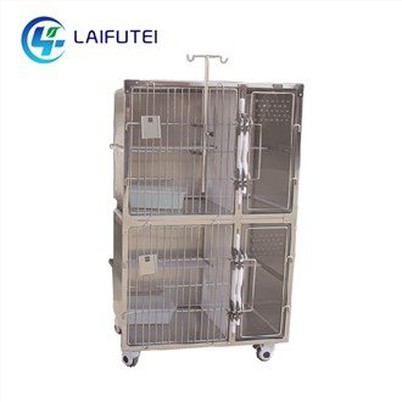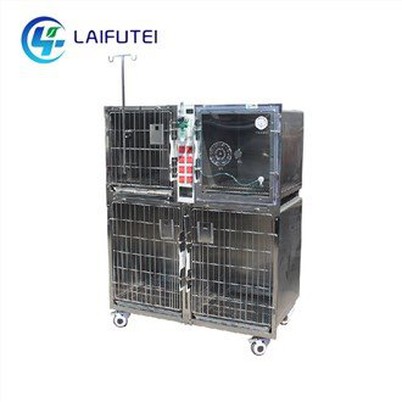What are animal diagnostic imaging examinations
Leave a message
Animal diagnostic imaging is a commonly used diagnostic method in the field of animal medicine. This method captures and processes the internal organs and tissues of animals to obtain detailed imaging information for veterinary physicians to diagnose and treat animals. This article will provide a detailed introduction to the examination content of animal diagnostic imaging.
1. X-ray examination
X-ray examination is one of the most common animal diagnostic imaging techniques. It can display the bones and certain internal organs of an animal's body. The diagnosis of diseases such as fractures, tumors, and heart disease plays an important role.
2. Ultrasound examination
Ultrasound examination is a painless and non-invasive imaging technique that can provide detailed information on internal organs of animals. Through ultrasound examination, veterinarians can observe the structure and functional status of internal organs such as the heart, liver, kidneys, pancreas, and detect pregnant animals.
3. CT examination
CT examination is an imaging technique that uses X-rays to perform tomography scans and obtain three-dimensional images of tissue structures in the body. It has special value in diagnosing lesions in the head, neck, chest, and abdomen of animals, displaying the distribution density of small lesions and biological tissues, and more accurately diagnosing and locating diseases.
4. MRI examination
MRI examination is a high-precision imaging technique that uses magnetic fields and radio waves to detect the internal moisture and tissue status of animals. Through MRI examination, veterinarians can understand the condition of various diseases in animals such as internal organs, joints, brain, and spinal cord, making it the best choice for treating neurological diseases.
In summary, animal diagnostic imaging technology is a very important and reliable diagnostic method, which has been widely applied in the field of animal medicine. It can provide more accurate and timely diagnostic results for treatment and surgery, allowing veterinarians to provide better protection for animal health.







